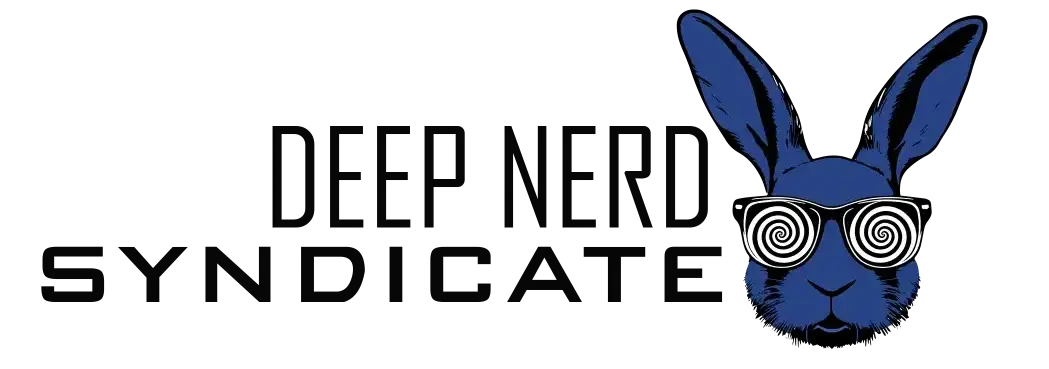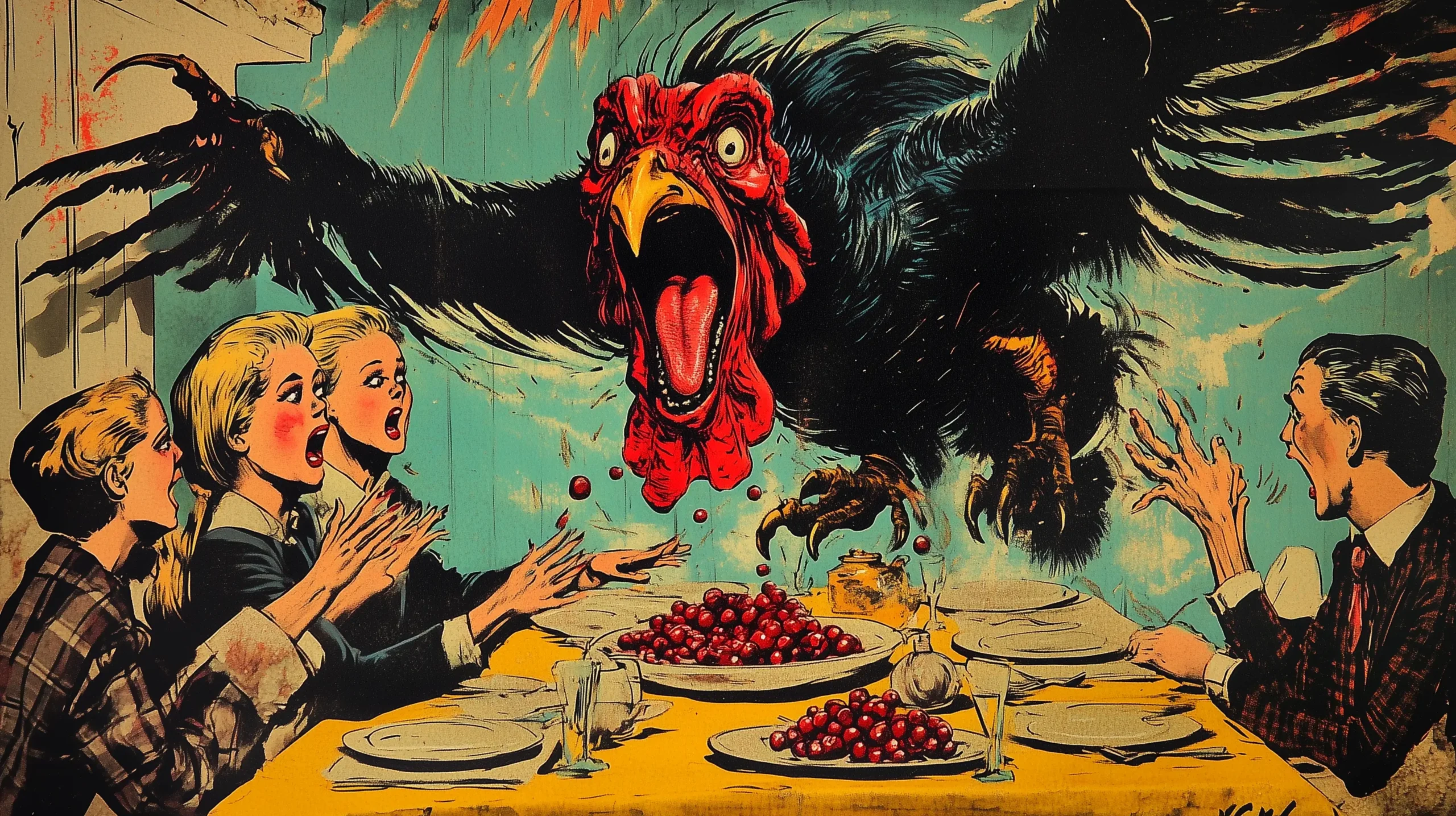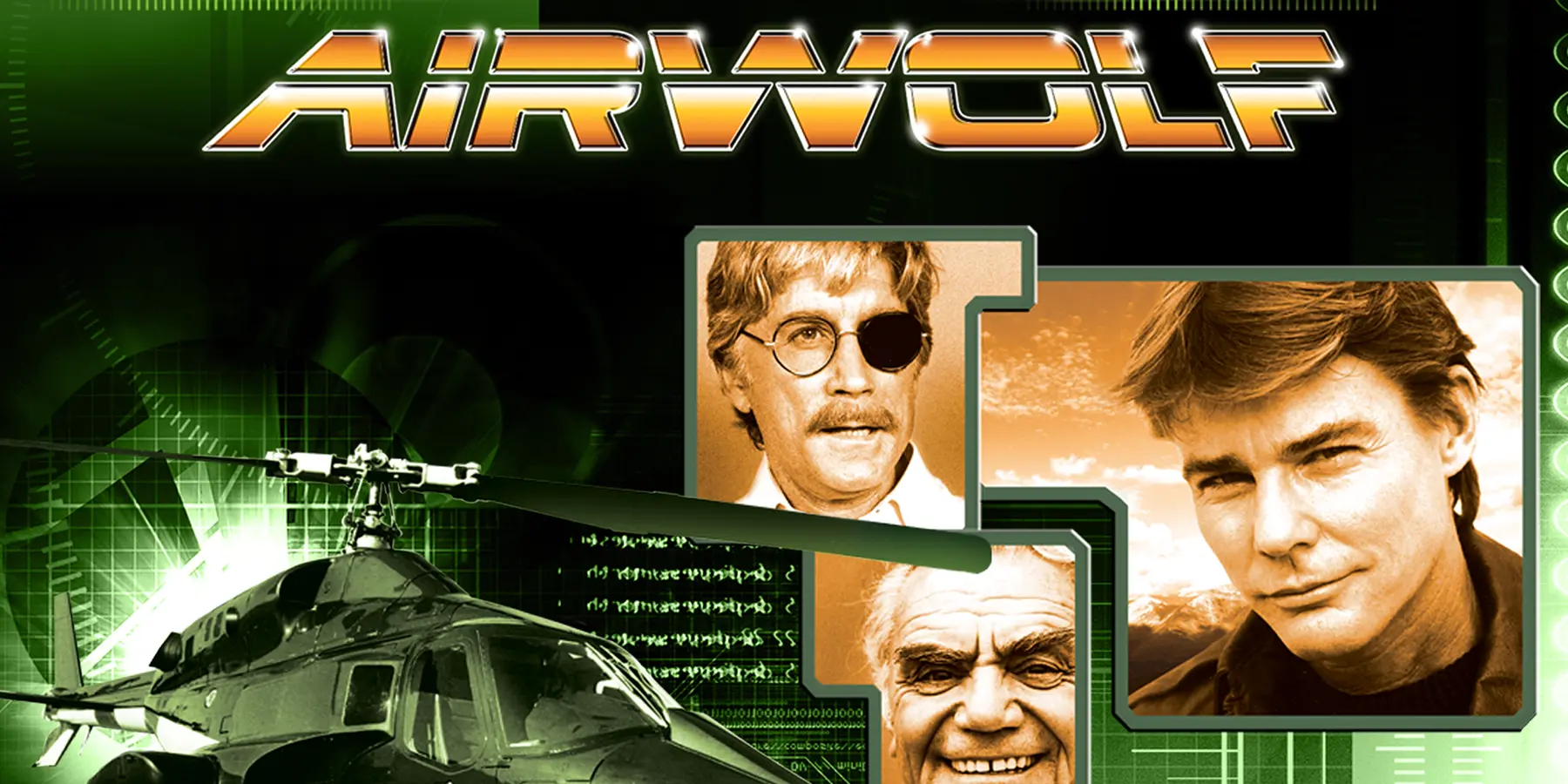Movies based on serial killers blend horror, history, and mystery, captivating audiences by illuminating humanity’s darkest corners. Join us as we delve into six gripping films depicting infamous killers, exploring forensic methods used, and discovering the blurred lines between reality and Hollywood.
1. The Zodiac Killer (1971)
- Synopsis: A gritty dramatization of the Zodiac Killer who terrorized California in the late ’60s. Remarkably, the film attempted to lure the real Zodiac Killer through a unique contest.
- True Story: The Zodiac Killer is still an unsolved mystery. Confirmed victims: five. Claimed victims: many more.
- Forensic Techniques:
- Cryptic ciphers and letters sent by the killer became infamous.
- Fun Facts:
- Director Tom Hanson staged a bizarre contest hoping the killer would attend screenings. Hanson actually received letters purportedly from Zodiac, forcing police involvement.
- Hanson kept a gun nearby during screenings in case the Zodiac showed up!
- Reality vs. Hollywood: Largely speculative and dramatized, sacrificing accuracy for suspense.
- Impact: This film remains a unique moment when cinema actively tried to solve a crime.
2. Gorky Park (1983)
- Synopsis: Investigator Arkady Renko uncovers a conspiracy after finding three mutilated bodies in Moscow’s Gorky Park.
- True Story: Fictional plot reflecting Cold War tensions from Martin Cruz Smith’s bestselling novel.
- Forensic Techniques:
- Groundbreaking facial reconstruction techniques identify victims.
- Emphasizes bureaucratic hurdles in Soviet crime-solving.
- Fun Facts:
- The film crew faced real KGB surveillance during filming in Finland, adding realism.
- Reality vs. Hollywood: Forensic methods accurate; conspiracy entirely fictional.
- Impact: Highlights difficulties pursuing justice under authoritarian regimes.
3. Citizen X (1995)
- Synopsis: True story of the hunt for Andrei Chikatilo, Russia’s notorious “Rostov Ripper,” responsible for over 50 murders.
- Forensic Techniques:
- Early use of psychological profiling.
- Detailed crime scene analysis crucial to his eventual capture.
- Fun Facts:
- Chikatilo’s glasses used in the film were identical to his actual pair.
- Reality vs. Hollywood: Highly accurate, capturing systemic challenges faced by investigators.
- Impact: A powerful portrayal of perseverance overcoming institutional negligence.
4. The Boston Strangler (1968)
- Synopsis: Chilling dramatization of the 1960s murders of 13 women.
- True Story: Albert DeSalvo confessed, but DNA later cast doubt on his guilt.
- Forensic Techniques:
- Psychological profiling and witness testimonies.
- Modern DNA evidence later challenged original conclusions.
- Fun Facts:
- Tony Curtis reportedly felt haunted by his role as DeSalvo, affecting his sleep for months.
- Reality vs. Hollywood: Condenses timeline; dramatizes elements for impact.
- Impact: Reflects anxieties around urban violence of the era.
5. Monster (2003)
- Synopsis: The tragic life of Aileen Wuornos, who killed seven men in Florida.
- True Story: Faithful depiction of Wuornos’s grim reality, capturing her eventual capture and execution.
- Forensic Techniques:
- Ballistics matched her gun to multiple crimes.
- Key confessions and witness testimony.
- Fun Facts:
- Charlize Theron underwent a dramatic transformation, gaining 30 pounds and shaving her eyebrows, ultimately winning an Oscar.
- Reality vs. Hollywood: Humanizes Wuornos, stirring debate about portrayal of serial killers.
- Impact: Theron’s performance sparked a wider discussion on trauma, mental illness, and justice.
6. My Friend Dahmer (2017)
- Synopsis: Depicts Jeffrey Dahmer’s high-school years, showcasing early warning signs before he became one of America’s most notorious killers.
- True Story: Based on the graphic novel by Dahmer’s actual classmate, Derf Backderf.
- Forensic Techniques:
- The film pre-dates Dahmer’s killing spree, focusing on psychological development.
- Fun Facts:
- Dahmer’s childhood home featured in the film is his real former residence.
- Derf Backderf originally published “My Friend Dahmer” as a shorter comic in 2002 before expanding it due to reader interest.
- Reality vs. Hollywood: Accurately follows Backderf’s firsthand account, omitting gruesome future crimes.
- Impact: Prompts important discussions about early intervention and recognizing troubling behavior.
Movies Helping Solve Crimes?
Zodiac Killer Contest (1971): Unique instance where filmmakers actively engaged with police, hoping to lure a killer.
Other Instances: Documentaries and TV programs occasionally help generate new leads in cold cases, though rarely intentionally.
Serial Killer Stats: A Sobering Reality
Over 3,000 serial killers have been documented in U.S. history. These unsettling stories persistently fascinate, raising ongoing questions about justice, morality, and human psychology.
Conclusion
Films exploring serial killers don’t merely entertain—they educate, inspire reflection, and sometimes even assist in real investigations. By portraying forensic innovations, humanizing complex characters, and dramatizing the relentless pursuit of justice, cinema offers profound insights into the darker facets of our society. Ultimately, these films remind us of our vulnerabilities, highlight the courage of those who seek truth and justice, and compel us to stay vigilant about the shadows lurking within humanity itself.




